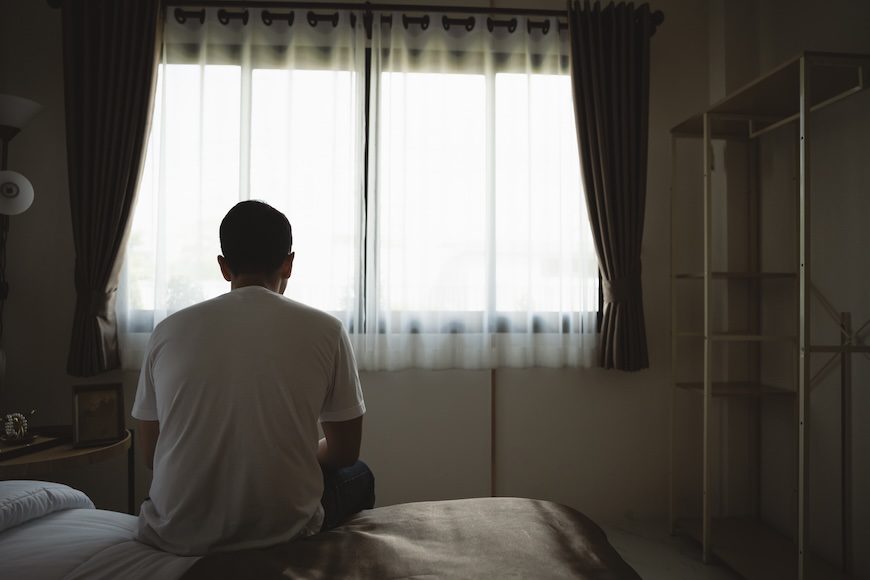COVID-19 launched telehealth on a trajectory for explosive growth. Mental health treatment via video-chat specifically took off when much of the world was isolated by long lockdowns. Between January and May of 2020, the use of telepsychiatry increased from 7 percent of appointments to 85.5 percent, according to a national study.
Psychiatry video visits were largely driven by the growing mental health crisis exacerbated by the pandemic. By the spring of 2020, the CDC reported that more than a third of Americans experienced clinical anxiety or depression symptoms. This led to millions of Americans seeking relief from the negative psychological feelings they experienced while the world was shut down.
User Perception of Telephone-Based Telepsychiatry Consultation
Psychological Impact of the COVID-19 Pandemic and Associated Lockdown
Telehealth Versus Face-to-Face Management for Patients With PTSD
Also during this time, every state in the U.S. was in an official state of emergency. In many places throughout the country, clinicians were allowed license waivers in order to treat patients who lived outside of their home state. As things return to normal, some states have begun terminating their emergency declarations and reasserting their previous licensing requirements. Currently, only 19 states still allow pandemic-era licensing leeway for digital health visits.
Telehealth has its advantages
A survey conducted between April and May of 2020 asked clinicians at 18 hospitals and community centers across 11 different states for their thoughts on telepsychiatry. Most (73 percent) rated their experience with virtual psychiatry visits from “good” to “excellent.” Flexible scheduling, timely appointment starts, and reduced no-shows were top among the benefits they listed. Care providers also indicated that anxiety disorders were the “most adequate” diagnoses to make during a telehealth consult; psychotic disorders less so.
Many providers expressed that telehealth offers a convenient way to meet with their patients online, but only when teleconferencing technology was readily available. And no matter what, many patients still need options for in-person support, they said.
Virtual visits can lead to positive results, another study published in the Journal of Medical Internet Research (JMIR) suggested. Researchers found that live video therapy paired with online cognitive behavioral therapy (CBT)-based lessons resulted in significant decreases in depression and anxiety symptoms among patients surveyed. What’s more, 83 percent reported recovery from their condition.
The future of telepsychiatry is in limbo
The opportunity to access mental health treatment even while sequestered was a lifesaver for a lot of patients. Many of them are still hesitant to travel to unnecessary appointments outside the home for fear of getting sick. Other patients may have moved out of state during the pandemic. In the same national study cited above, clinicians projected that they would perform more than one-third of their clinical work via telepsychology even after the pandemic.
Patients who have taken advantage of online mental health resources may not like it if that option is taken away. Building a foundation of trust with a mental health professional takes time. If practitioners are forced to discontinue working across state lines when emergency waivers are dismissed, patients may need to start all over again with someone new.
It’s a problem for practitioners, too. They may be wary of accepting any new patients outside their own state for fear of going against local laws. Some are already pushing for better rules and regulations that allow for continuity of care.
Whether a visit takes place in person or through a device, that is not the only challenge for effectively treating mental health. There remains a shortage of qualified providers in the United States. The same was true before COVID hit. And for some, cost puts psychological care out of reach. According to one study, 60 percent of employees paid for mental health care out-of-pocket in 2020, despite being insured through their employer.



